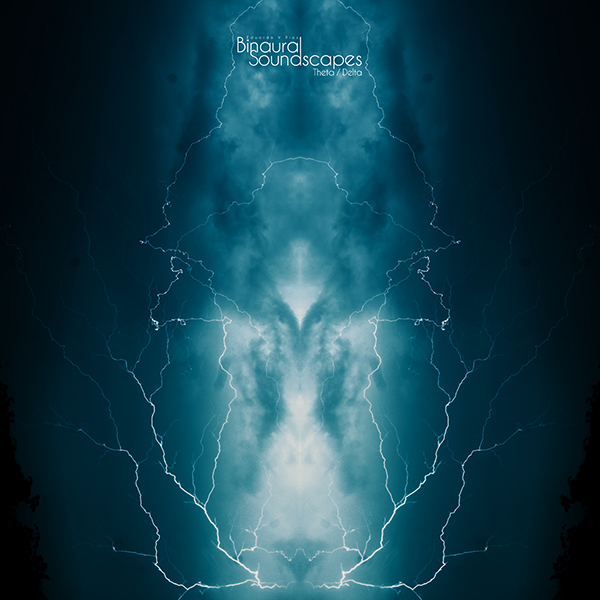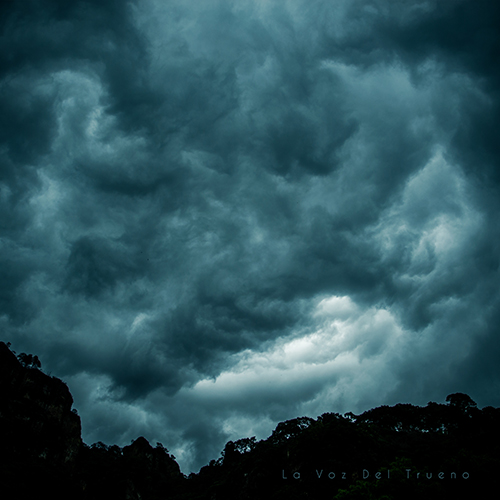
What would happen if you were struck by lightning?
In November 2009, during an acclimatization and route reconnaissance exercise on Iztaccíhuatl, Mexico's third highest volcano, when I was an active member of the Mexican Red Cross High Mountain Rescue Section, Salvador (head of that section) and I were struck by lightning when a thunderstorm took us by surprise.
The shock wave knocked us to the ground with a deafening roar, and we thought we were dead.After a second that seemed to last an eternity, we continued running downhill until the storm dissipated.What followed was absolute calm and a sun about to set, reflected in the snow.
"Perhaps this is what people who have returned from death describe as arriving at a place of absolute peace," Salvador and I thought.But there was no dying. We were more alive than ever, and although the event may have meant nothing, that day life gave us a great gift.

For the next fourteen years, I devoted myself to filming storms, photographing lightning, creating music, and offering aquatic experiences that evoked that moment at the volcano. I felt the need to tell that story through all my talents. Much of this, literally, I saw in my dreams.


In 2023, while I was traveling and photographing the film "Piedra, Bosque, Lluvia" (Stone, Forest, Rain) by director Sandra Calvo, there was a conversation with our guide Don Manuel, who, while casually making coffee at 10 p.m., pointed out:"Those chosen by lightning have the responsibility to heal with our hands and maintain the order of time and each season."
"What? Is there a tradition about that?" I asked.The day we went to film and I witnessed the miracle of the rain, I understood the reason behind many of my decisions in life, and even more so, I could feel the origin of Mexico's traditions and cultures.


Format
And my way of sharing it is through art; my own life stories captured in photographs in perfect sync with the music I have composed in each era. All this with the purpose of conveying something very particular about Mexican culture: the complex relationship between life and death so deeply ingrained in all traditions, such as tempera, and which, although very tangible in our Day of the Dead tradition, like all ancient messages, is only visible after experiencing it and beginning to savor it little by little.It also functions as an initiation that can enrich a person throughout their life as the message itself continues to be interpreted.This is how something so ancient stays alive.But my own message of life becomes more beautiful if I add poetry, amnesia, and exploration of ancient caves.That is why I have chosen the works of other artists who are now deceased, who were my allies in life and also shared the spirit of Thunder.
These figures are:
Citlaly Malpica (December 2, 1991 – March 10, 2021). Poet and composer.
Sergio Zambrano (July 27, 1948 – December 11, 2016). Diver, mountaineer, and aerial photographer.
Mario V Chávez (June 30, 1948 - July 5, 2017). My father and music lover.
Pat Martino (August 25, 1944 - November 1, 2021). Jazz guitarist and creator of hard bop.

Los Dos Terremotos. Eduardo V Ríos
Los Besos Que No Te Di. Citlaly Malpica
Into The Mind. Pat Martino
Expedición Huautla-Peña Colorada. Sergio Zambrano
Taiga. Citlaly Malpica
Flor de Naranja. Citlaly Malpica
Sin Miedo A Vivir (Without Fear of Living). Eduardo V Ríos
This is what I give to this project, but I also like to receive the audience's own stories. Every year, 224,000 people struck by lightning survive. Perhaps someone out there has been chosen and does not yet know it. We are part of a community, and the criteria for selection are not human.
This must be known.
This is why La Voz Del Trueno asks for spaces to be heard.
History of presentations since its creation in 2022 (all in Tepoztlán, Mexico)
Pedro López Elías Cultural Center
Huerto Santo Domingo Cultural Center
Apricumbra Gallery
Center for Body Arts
Katalina Ramírez. Writer and editor
Flor Rovlich. Poet and photographer
Elizabeth Escobar. Poet and globetrotter
Nahieli Castillo. Cultural manager
Libni Casher. Singer and songwriter
Alexandra Tischendorf. Singer and songwriter
Luis "Salaz." Guitarist and audio engineer
Ekiwah Adhler-Belendez. The poet and madman we all have a little bit of inside us
Solar and Ensamble 8 dance companies: Mariana Mhel, Ana Rebolledo, Francisco Monforte. Directed by Alejandro Ruiz.
Notations
Los Dos Terremotos, Into The Mind, Taiga, and Sin Miedo A Vivir are works created entirely using the frame-by-frame timelapse technique, totaling approximately 70,560 photographs.Expedición Huautla-Peña Colorada is the first documentary in the world to include footage taken after a siphon (a flooded section of cave). The footage dates back to 1984.
Los Besos Que No te Di and Flor De Naranja were written by Citlaly in the poetic form known as Décima Espinela, widely used in genres such as son jarocho, which consists of ten organized rhymes that give these styles their rhythmic sense.
I am at your service at lalotomafotos@gmail.com and on IG @lalotomafotoos.
